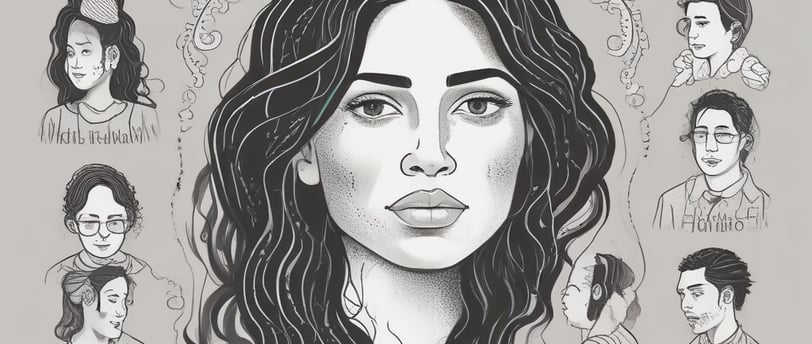Breaking the Silence: Addressing Mental Health Stigma in the Latinx Community
Latinx communities often face unique cultural and systemic barriers when it comes to mental health care. This blog explores how stigma, rooted in values like machismo and familismo, delays treatment and worsens outcomes. Learn how bilingual, culturally responsive interventions and community-based support can help break the silence and improve access to care across generations.
Luis Efren Aguilar, Psy.D.


Mental health stigma continues to act as a silent barrier in the Latinx community, often preventing individuals and families from seeking much-needed care. This stigma is deeply rooted in cultural values, historical discrimination, and systemic limitations. In this blog, we unpack the factors fueling stigma and discuss how culturally responsive care, education, and advocacy can shift the narrative.
Understanding Cultural Stigma
In many Latinx households, mental illness is not openly discussed. The idea of seeking psychological help may be associated with weakness or personal failure. Cultural values such as machismo (exaggerated masculinity) and familismo (strong family loyalty) sometimes discourage open discussion of emotions or mental health challenges.
The language used to describe distress also plays a role—terms like "nervios" (nerves) or "susto" (fright) often replace clinical terms like anxiety or trauma, contributing to underdiagnosis and misunderstanding.
The Neuropsychological Consequences of Delayed Care
When individuals delay or avoid treatment due to stigma, neuropsychological consequences can worsen. Conditions like traumatic brain injury (TBI), ADHD, depression, or dementia may go undetected or be misattributed to behavioral problems. Early intervention can mitigate cognitive decline and improve long-term outcomes, but stigma often creates delays that worsen the prognosis.
Bridging the Gap with Culturally Responsive Care
Bilingual, bicultural clinicians play a critical role in reshaping how the Latinx community perceives mental health. Community-led interventions, culturally tailored Cognitive Behavioral Therapy (CBT), and peer education programs have been successful in decreasing stigma and increasing service use.
Promising models include:
CCS-CBT (Culturally and Contextually Situated CBT)
Community health workers (promotoras de salud) facilitating access
Psychoeducational groups held in community centers or churches
A Path Forward
By fostering safe spaces for dialogue, training clinicians in cultural humility, and increasing visibility of Latinx mental health professionals, we can begin to break the cycle of silence.
Resources:
NAMI en Español
© 2025 Unity Neurobehavioral Health. All rights reserved.


Office Location
(By Appointment Only)
Physical Address: 118 West Lime Avenue, Suite 101, Monrovia, CA 91016
Telephone: (626) 321-2889
Fax: (626) 593-4199
Email: info@unityneuro.com
